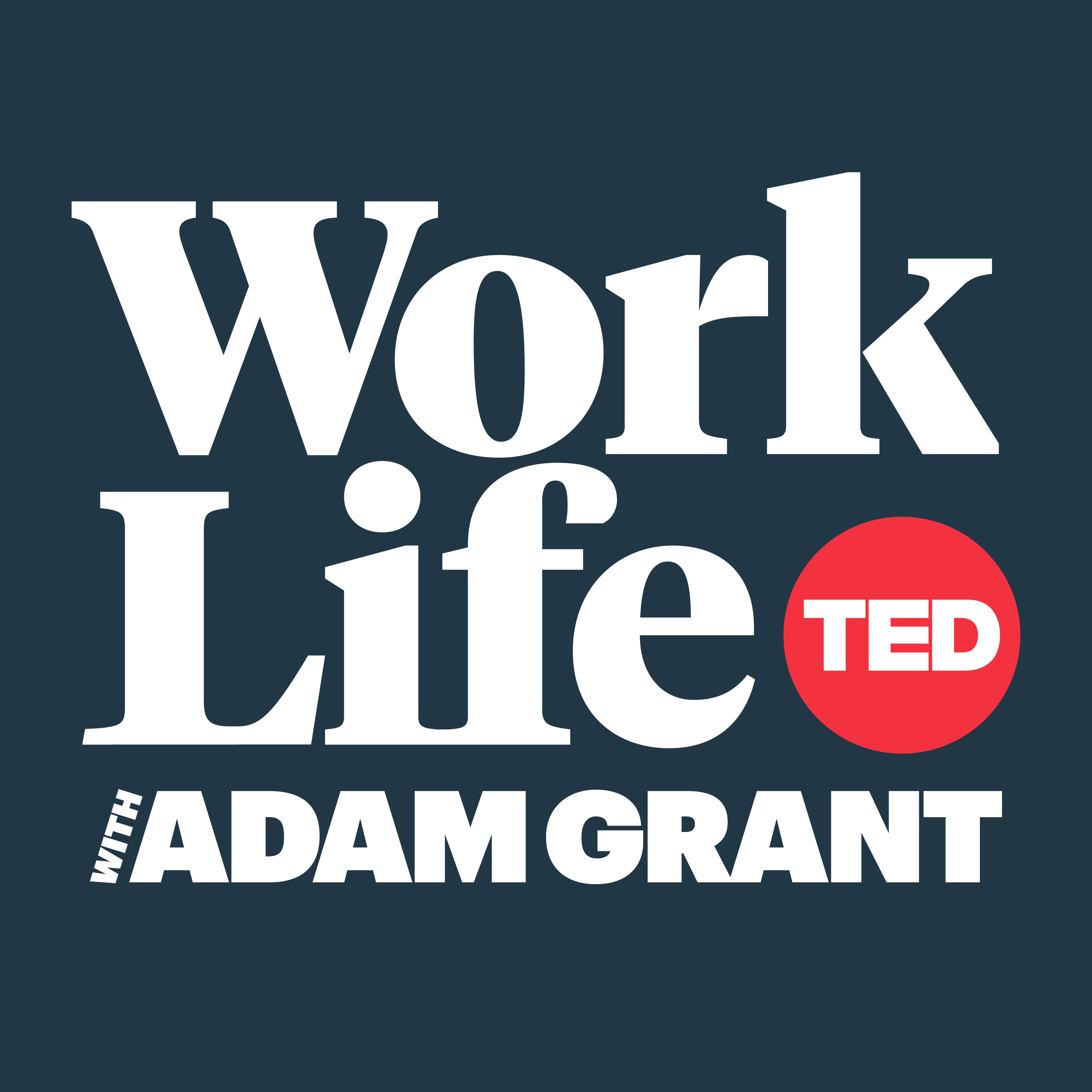
Today's Heartlift with Janell
Sometimes the story we tell ourselves is not really true. Sometimes the story others tell about us is not really true. On "Today's Heartlift with Janell," Author, Trauma-informed, board-certified marriage and family specialist, and Professional Heartlifter, Janell Rardon, opens conversations about how emotional health and mental fitness effects absolutely every area of our lives. When we possess and practice healthy, strong, resilient emotional health practices, life is so much better. Read Janell's newest book, "Stronger Every Day: 9 Tools for an Emotionally Healthy You."
Today's Heartlift with Janell
284. Tree 103 and the Wisdom of the Forest
What does it mean to find rootedness and resilience in the face of life's complexities? In this episode, we invite you to explore this profound question with Lore Ferguson Wilbert, the insightful author of "The Understory." Lore opens up about her journey towards deepening her roots where she is, valuing her past while embracing the dualities of belief and unbelief, joy and sorrow, to find wholeness and peace ultimately. Through rich metaphors drawn from nature, Lore shares her experiences and the wisdom she gleaned from the forest, encouraging us all to accept life's paradoxes and deepen our sense of belonging.
Meet Lore Ferguson Wilbert: The Understory
Download The Wheel of Emotions and Learn More.
Download The Feelings Chart.
Learn More About The Anger Iceberg from The Gottman Institute.
Learn More About Tree 103 and Elder's Grove
Begin Your Heartlifter's Journey:
- Support the show: Your Donation Matters
- Leave a review and rate the podcast: WRITE A REVIEW
- Make a tax-deductible donation through Heartlift International
- Visit and subscribe to Heartlift Central on Substack. This is our new online meeting place for Heartlifters worldwide.
- Download the 2025 Advent Guide: The Great Glimmer Hunt
- Meet me on Instagram: @janellrardon
A reading from the Understory by Laurie Ferguson Wilbert. What if the miracle of living this life is not that we all get our way, but that we sink our roots and souls and bodies deeper and deeper into the place God has put us for just the time God has put us there? This place is not even a physical place. Remember. There is no moral good or evil to leaving or staying, but simply the space we inhabit today. Add some what if the miracle of life is that we move through belief and unbelief? What if the miracle of life is that we move through belief and unbelief, doubt and faith, joy and sorrow, anger and grief, truth and faith being as wholly ourselves, w-h-o-l-l-y as we can be in that moment Is being here wherever here is wholeness? I think it is. Laura continues I am trying to find my way home on this earth again.
Speaker 1:I am trying to change by degrees and make space for those who walk beside me to change by degrees too. I am interested in liberation into wholeness. Madeline L'Engle once wrote the coming of the kingdom capital K is creation coming to be what it was meant to be? This is the home I'm after an unshakable kingdom full of malleable creatures in a morphing and growing and expanding creation, becoming liberated. I am trying to find a new way of being, belonging and becoming in this world, while still valuing the places and people I have left behind. I want to thank them for what they have given me and grieve for what they have broken in me, and find healing and resilience among them, but not of them. It is not a new home I seek. It is the one home I have had all along.
Speaker 1:I cannot be at home, at peace and in place if I find my identity in a belief or practice, political party or church. I cannot be at peace and in place if I craft my work and words to mere men and women instead of to the God who made us all. I cannot be at peace and in place if I despise my neighbor when they vote differently from me or despise myself for staying in broken systems for far too long. To be at home means to acknowledge all the complexity of who I am and who God is and who my neighbor is, and to receive it all as the gift it is, gift it is. It is to say to the broken reflection staring back at me I am becoming whole. It is to say to the person I hate. You are becoming whole, it is to say to the ones who have hurt me and the ones who haunt me you are becoming whole and it is a wonder to behold. To be at peace and in place is to be at peace with paradox, with the inside out and upside down sense of wonder and ache at the same time. This feels nearly impossible, but this is the work of a Christian in the world to say I am here and I'm not yet all here. I am complete and I'm a work in progress. I am dying and I am living. I know the answer and I know nothing.
Speaker 1:Welcome to today's Heart Lift with Janelle. Today I begin a two-part conversation with Lori Ferguson Wilbert, the author of A Curious Faith and Handle With Care. Winner of a 2021 Christianity Today Book Award, lori writes at loriwilbertcom. That's L-O-R-E-W-I-L-B-E-R-Tcom. Lori has written for Christianity Today Fathom Magazine, one of my favorites.
Speaker 1:She reads truth and more. She lives on a river, as you will hear us talk about, flowing from the Adirondacks in New York with her dear, dear husband. After years of witnessing religious and political unrest in the evangelical church, Lori felt alienated and disoriented. She found solace in the woods, where she discovered that the forest could teach her how to live and even thrive when everything seems to be falling apart. In the Understory, lori explores what we can learn from eroding soil, the decomposition process, the time it takes to grow lichen, the beauty of fiddlehead ferns, the regeneration of self-sowing seeds and walking through the mud. And walking through the mud. Among the understory of the forest and Lori you will hear her say sometimes we have to look down. She discovers rich metaphors for living a rooted and flourishing life within the complex ecosystems of our world. I have learned so much from Lori and I wanted to close out our Season 16 with her wisdom and her beauty. One of the greatest takeaways from my time with Lori is to be at peace and in place at the same time.
Speaker 1:Please welcome Lori to the show. Okay, I'm already conversing with Lori. You guys, hello, heartlifters, welcome Lori. I've already introduced you and you are. You're just here. We are. I've already introduced you and you are. You're just here. We are here. We are here. We are here, we are. Yes, we are here. We are here and I'm wearing earrings, as Lori just said, if you watch on YouTube which I am really behind on the YouTube podcast because I am a one woman team, so I am wearing earrings that look like an upside down. You are here.
Speaker 1:So, perfect for today, lori. Okay, this book, the Understory, an invitation to rootedness and resilience from the forest floor. Well, my heartlifters already know that I am talking all about forest bathing nature. God has just invited me already to find a new way of rootedness. And then, on this journey, you appear, and it's not a mistake, it's providence. It's amazing.
Speaker 1:I in April went with my twin daughter to Belgium where my older daughter lives, and while we were there, got to go to the Hallerbos forest and witness the blooming of the bluebells, which is this huge annual event that happens that I'd never heard of, and so I'm kind of a beach girl.
Speaker 1:I live on the East coast, I'm going to the outer banks this weekend, rodanthe, hatteras, and so the outer banks and the beach with my skin and my skin cancer is no longer really providing the right space for my body, and so here comes this whole invitation to forest bathing, and a lot of what you have to say to us is about the understory. So I witnessed these beach trees that reached to the heavens, and the contrasting white, you know, bark to the blueness of these bluebells. I tell you it was transformative, stunning, did look, I did look at the understory a lot, and but at that time I had not heard of you, I had not, uh, had this book in my hands. And so what is the understory? I w? I know my readers, listeners, heartlifters want to know why did you call it the understory?
Speaker 2:Hmm, it's a really good. Nobody's asked me that question yet. It's a really good question.
Speaker 1:Well, you know, I love titles, I love a good title, I love a good subtitle.
Speaker 2:But I know the title.
Speaker 1:This title is not just a title, it's a movement for you?
Speaker 2:Yeah, it really is. I think you know, if you've been in sort of religious spaces for any length of time, you know that there's this pressure to sort of ignore the um. Don't look down, look up, you know, look at the good things. There's this sort of um happy, clappy optimism, you know, like get through your grief quickly, that sort of thing.
Speaker 2:And I just man, the forest floor and what's under the canopy of the trees has so much to teach us, and so that's called the understory. The overstory is sort of the trees, the canopy, and the understory is everything that happens beneath them, and so I wanted to explore what happens when I choose to look down where my feet are, what happens when I choose to look at, you know, not just what's below my feet but around my feet, and what I saw was a lot of death, honestly, a lot of decay, a lot of decomposition, and I thought, well, I wonder what looking at this stuff has to teach me.
Speaker 1:You're so curious. I love curiosity. I have major themes that have been on this season's podcast mattering. You talk about that emergence, you talk about that. But a huge theme is curiosity, because I think that I've lived a lot of my life within the context of church culture in a fear-based mindset and I'm sick and tired of it and I have needed help to understand it, because I'm older than you are, so I know there was far more patriarchy when I was being nurtured as a young 21-year-old believer in.
Speaker 1:Christ. I came to Christ my senior year in college and never would have heard the patriarchal word. Never understood that. I wouldn't have understood it, but I felt an understory. So to me, your title is giving me a new metaphorical way of even my own journey being highly intuitive. I know that, uh, many people misunderstand the word mystic, but very uh intuitive highly sensitive to liminal space you talk about that.
Speaker 1:I sense that you're the same person and so, even when I say I had a, I had an experience a decade ago when I was teaching in my Presbyterian church. We had these beautiful evening times where I would teach and this four foot eight woman her name was Lourdes, ecuadorian could hardly understand her was there and she came up to me afterwards and she said you are a mystic and I went oh no, I don't think, I don't know what that is.
Speaker 1:You know, I was just like. But she had been a, a nun in a silent, like silence for 30 years and I came to really know her and spend time, as much time as I could with her. She said you need to spend more time in silence, janelle. And I didn't understand it. You know and I've been hearing that message in my own heart for decades. So the understory to me speaks also of what we I have been intuiting inside the body you know, not maybe the body of Christ, maybe the church.
Speaker 1:Would you help me with that a little bit. Is that a true, fair statement?
Speaker 2:No, yeah, I think that's sort of the other side of the coin of the understory, is it's the story beneath the story? What's the story we've been telling ourselves? What's the story that we're recognizing has been told to us and maybe isn't a true story, or maybe isn't the whole story? What's a story we've been living in that is maybe not good for us or not good for our world, and we need to exit stage left like what are? You know we're storied people. We are so. But if we're just conscious of sort of our own story but we're not conscious of the ways that every you know, every person has their own ecosystem of like stories, mycelia, is that how you say that?
Speaker 1:Yeah?
Speaker 2:yeah, yeah, everyone has their own Tell us more. Yeah, just like we all have our own history and our own story and our own parents and our own. I mean. You're a trauma therapist, like you know. We've got trauma keeps score. It goes through our families.
Speaker 1:And so genetics, yeah, we're all.
Speaker 2:we're all. We're all telling ourselves a story, we're telling other people a story with our lives, and I think so often we think we're all telling the same story in some ways, and or we're all hearing someone else's story and thinking that's the way everyone hears their story.
Speaker 1:If you go to that part of the understory it's a work like that. Yes, yes, oh, that must be my story.
Speaker 2:Yeah.
Speaker 1:Oh, yes, I identify that. So then I just close the book of the great late next person that's telling me how to think. I guess that's what I love about your book You're not telling me how to think.
Speaker 2:No, thank you, you're welcome. One thing I say in there is that my work is not to tell you about my grief and make you think of me. It's to tell you about grief and help you think of your own, and I think that's really that's important to me as a writer, just in general, is like my faith story is different than your faith story and these words we use that we think are universal words. They're not like the words that I'm saying right now. They're landing on you differently than they're going to land on someone else, and that's okay. And the more that we like, see and celebrate that diversity, I think, the better and more whole ecosystem, climate, world, land, church, humans, we will be Unity.
Speaker 2:Yeah.
Speaker 1:Families For me. I take everything that you say because my work is with family systems.
Speaker 2:Yeah.
Speaker 1:You know, and so I, every word I'm reading in your book is like okay, how, what is the story beneath the story of my family system? Even, yeah, you know I, I've also been greatly encouraged by, uh, in my writing, that I get to the words beneath the words, the words under the word, and I love that. And so when I saw you get to the story beneath the story, it was like, yes, so that when I hear you speak to me, the beauty is I will go sit with it and go okay, is there a story underneath the story for my own life, and not just take your words and post-it note them on my life.
Speaker 2:Yes, I love that idea.
Speaker 1:Like we can be, we can be post-it note people and we are post-it note yeah I'm a prescriptive writer, and that's what my at least my second and third books were, you know, and and that's what my at least my second and third books were, you know, and, and that's shifting. Shaken me up you know because I'm a teacher. So I like to tell.
Speaker 2:But what happens when it fails?
Speaker 1:Yes, I'm 13 years, june, we're here in June 2024. This is my 13th anniversary of my private practice, and so I've sat in this space and in other practices, you know, in other places, with hundreds and hundreds and hundreds of people, particularly from the evangelical culture, if we say it that way, and I'm like 30 years you sat in that pew, 40 years you sat in that pew. And here we are. Yeah, okay, so I'm like what's wrong with this picture? And I just love that you're offering us an invitation, like your subtitle says, to, in my words, think for myself, hear for myself, know for myself my understory. Yeah. So, mycelia, oh, go ahead, I don't want to stop you.
Speaker 2:No no, no, no, no, no. I wasn't going to say anything, Go ahead.
Speaker 1:Mycelia, chapter nine, page 190, an eternal matrix woven through the soil. Oh, come on, lori, that's so beautiful.
Speaker 2:Is that me or was I quoting someone?
Speaker 1:It is in quotes. Let me look.
Speaker 2:Oh yeah, I'm pretty sure that's in quotes. Could be you 190. I want to make sure that we're not quoting.
Speaker 1:Oh, you were quoting Leanda Lynn Hott.
Speaker 2:Yep, she wrote a book called Rooted and she talks about mycelia.
Speaker 1:Oh, yes, let me read this Beneath my feet. You are writing this, okay.
Speaker 2:Beneath my feet as I walk on this needle-laden path.
Speaker 1:In less than one square foot there are thousands of miles of mycelia. Leanda Lynn Hopped am I saying that right, I don't know calls mycelia an eternal matrix woven through the soil. And all those miles of mycelia are sharing information, food and nutrients, carbon and nitrogen, hormones and water, phosphorus and warning signals with the trees and plants above them. Absolutely unselfishly, they are connecting different species with one another to facilitate growth, and there is a flourishing they could not otherwise sustain on their own. Okay, I'm not going to read the rest of it. Here is Resilience, Chapter 9. So that, mycelia, because you write in the very beginning of the book. I kind of flash forwarded to the end of the book because there were some significant things that I loved, but in the beginning, just so my heartlifters know, you find, find this old tree. You're on a forest bathing walk in the adirondacks and you're with a friend and you see this fallen tree well, we actually went hunting for the tree oh, you knew about tree 103 we knew about tree.
Speaker 2:So the friend I was hiking with was the friend who originally had found 103 okay when she fell tree. 103 was the tallest tree in new york and she fell so cool and she and um, yeah, and so we were heading back. It was a couple months later. We were heading back into the woods to go find her together and um yeah, that's the. That's the beginning of where my story with Tree 103 picks up, right, not the beginning of Tree 103's life.
Speaker 1:No Tree, 103 had been there hundreds.
Speaker 2:Hundreds of years.
Speaker 1:Yeah, yes, so is the mycelia, because I'm not a forester the mycelia. Does that come from her falling or is it already present in the ground?
Speaker 2:Oh, mycelia is everywhere, it's everywhere, it's everywhere, it's under every. I mean you, you pull aside your, you know, you, you pick up a plant in the garden and you're gonna see mycelia. Okay, it's everywhere, but ever present, ever present, everywhere, always giving, always receiving. It is no respecter of necessarily what is above it it is. It is the pathway upon which all those things that are listed are being passed to and fro, between species, between trees and plants, and all fungi. All kinds of things are being fed by the um, what hopped calls the eternal matrix below right, yeah, yeah, so tree 103 um is still. You know, you know, we're almost two years from that hike and um, she still has not even begun to decompose. She will take over three to 400 years to fully decompose. It's fascinating, and as she does that, she is generously feeding the ground and feeding the mycelia and feeding the trees around her with her fallen body.
Speaker 1:What made her fall again? I know, I know you wrote about it, but yeah, yeah, it's really sad actually.
Speaker 2:So there was a she's in a in a grove of of white pines, eastern white pines, here in the Adirondacks, it's called Elder's Grove and there are, there are a bunch of trees in that grove, a bunch of Eastern white pines, andines and birch and beech and all kinds of eastern, northeastern trees, and there was a terrible, terrible windstorm. We got it here on. A bunch of trees in front of our house broke as well, but it was a terrible windstorm that made a tree nearby fall and fall against tree 103 and she held up for we don't know how long because we don't know the exact day that she fell, but she held up, we think, for a little while and then she just couldn't hold up anymore and and she fell and she couldn't hold up anymore.
Speaker 1:I just know we gotta stop just a second. Yeah, that's so powerful she couldn't hold up anymore. Another tree let like, leaned on her, though yeah do you not feel something there like that's crazy. Yeah, I just have heard so many women just this morning in a session whose body is keeping the score and can't hold up anymore. I'm right there. I am right there. Right now, at 64 years old, my body is like we can't. We can't do this way of life anymore. It's not working.
Speaker 2:One of the things I really love. So right after I came home from that hike that initial hike I read an article from, and there was a quote in it from, a nearby forestry professor about Tree 103. And the writer of the article had referred to the tree as dead Right, and the professor, justin Moskowitz, replied Dead, yes, but I prefer to think she's just not vertical anymore.
Speaker 1:I know I love this so much. Please, I'm so sorry, heartlifters, I just love this so much. There's that play Monty Python. I'm not dead yet.
Speaker 2:Yeah, I'm not dead yet.
Speaker 1:There's a character, the whole play, the whole play he looks dead, and then he'll pop up and he goes. I'm not dead yet.
Speaker 2:Yeah.
Speaker 1:We just crack up. So okay, tree 103 is not dead.
Speaker 2:She's just not vertical anymore, she's horizontal now, and so we get knocked over. You know, we can't hold up anymore and we tend to think I'm a goner. You know, I'm dead, I can't, I can't withstand this anymore. My body's holding too much, my I've seen too much. You know, she's seen nearly 400 years of history and not always a pretty history here in New York state and and yet she's just not vertical anymore. So she's still, gloriously, strangely, alive, and and that's the story that I set out to tell was like what's happening, that's you know why. Why is? Why is she? Why is there something of life still in her? Yeah, even though she's not vertical, but also not attached to the root system anymore. I mean, if you go, you can see. I have a video of it. Oh, I would love to get that. There's this massive stump that's just splintered and sticking out all over the place and she is very much detached from it, not touching it at all.
Speaker 1:The whole forest floor where she received and kept. I mean, we I know enough and I've had a couple of guests on because I'm just consumed by this idea of forest bathing and forest life and the forest world and all of those things and I mean we just know how they speak to us, how connected they are. They speak to each other, you know, they're just so interconnected. They show us what community really should be, until she's not vertical anymore, so she's detached.
Speaker 2:Some scientists say that. So what she is going to become as she decomposes is called a nurse log. Yes, and some scientists some of the most studied scientists in the world about forest and resilience and what's happening in all those places, they say that nurse logs are the most critical component in a forest, in a healthy forest, logs are the most critical component in a forest, in a healthy forest. So, not only so, she went from being, you know, this glorious tallest tree in New York and now she is one of the most critical components in elders growth, which you wouldn't think, because she's, she's not, she doesn't bear that title anymore of tallest tree.
Speaker 1:Oh my gosh, she doesn't have the title anymore of tallest tree. Oh my gosh. She doesn't have the title anymore.
Speaker 1:Oh, this is so the ramifications of this are just explosive to me. If we can get this, we being the matriarchs, the females, the women, the heartbeat, ooh, heartlifters, we're going to stop there. Yes, we are. Part two will bring so much more richness, but I wanted to add a little of Lori's story here, because this book is really powerful in many, many ways. One specifically about what we carry that might not be visible to those around us.
Speaker 1:She writes in the span of one year, nate and I married, moved cross country, experienced a church division and had a miscarriage. I witnessed the shooting of a police officer and a carjacking and weeks later had a second miscarriage. The same week, I had to be escorted through caution tape by a SWAT officer to our back door because of another shooting in our alley. Nate lost a job, gained a job and we moved cross-country again. We sold one house and bought another, and I had to sell it eight months later. We lost our entire savings account and down payment. This all before even one year of marriage had passed. This is all of what we were carrying, or rather what we weren't carrying.
Speaker 1:When we walked into a counselor's office near our new home in Washington DC. We weren't carrying a sense of safety or security. We weren't carrying joy or a baby, we weren't carrying ourselves upright, we barely crossed the threshold intact. Once we were in his office, he asked why we were there, and we ticked down that same list, adding also that I was terrified of driving in a car without the doors locked, that loud noises made my body a stranger, that sex was beginning to feel like the precursor to death. We said we couldn't agree on where to go to church, or even if. And then we were silent, waiting, I suppose, for some silver bullet from the mouth of this therapist or even something to relieve our pain. He sat there for a minute and then took off his glasses, looked at us and said You've told me what happened and what you think about what happened, but do you have any feelings about what happened? I know what you think, but what do you feel? And I suppose that might have been the first time I became cognizant of that question and its power what do you feel? Our counselor gave us a feelings wheel that day and we stuck it to our refrigerator. We began learning not to say I'm sad. Instead, we would say I feel powerless or I feel empty. We began learning anger was just what was visible, but beneath that anger was probably the feeling of betrayal or violation. We learned there were a lot of ingredients to a simple thing like sadness or anger or fear, or even happiness, but we also might have to hunt them down and name them.
Speaker 1:Here is our prompt, our homework, our guiding thoughts as we move into next week's conversation with Lori. Maybe, like Lori and her husband needed some help in identifying the deeper emotions underneath the eight primary emotions, you feel the same way. Well, I would love to guide you to my book Stronger Every Day Tool 7, send New Positive Messages to your Brain, where I offer the tool of memory reconsolidation. Within that chapter, I talk a lot about Plutchik's Wheel of Emotions, which is the wheel of emotions that Lori's counselor gave to her and her husband, emotions that Lori's counselor gave to her and her husband, and I show you how to build an emotional vocabulary. I write did you know that there are over 34,000 emotions? That's why it's critical that we get to know our emotions.
Speaker 1:Emotional literacy, which is one of the most primary reasons we are here in this community. Community is to learn emotional literacy, the ability to deal with one's emotions and recognize their causes. We want to be emotionally literate. That is central to living our beautiful new life and our story. Each of us has. We've each absorbed the atmosphere of our family of origin and picked up ways of coping that developed into our go-to defense mechanisms. So we want to have a strong, solid emotional vocabulary that helps us understand how to recognize, label and navigate these eight primary emotions and then all the ones that are under that. So when you see Robert Pletchik's helpful tool, the Wheel of Emotions, you will begin to understand how many emotions are under the emotions.
Speaker 1:And in my book that's chapter seven, tool seven, send new positive emotions to your brain.
Speaker 1:And the Wheel of Emotions is on page 198. And I give you a lot more in that chapter. I will also include that Wheel of Emotions in our show notes and a emotion feeling chart which I use with my clients Very, very helpful. And I will also put the anger iceberg in our show notes. So these three tools will help you develop emotional literacy, which is a huge part of Lori's book as well and her story and I'm so grateful to Lori for being with us. So maybe, like Lori, you've had a lot happen. I mean her story is filled with one layer of grief under another, and we're living in a culture, a time where there's just a lot of emotions going around. So I want to help you. That's why I'm here. So please make sure you subscribe to our online coaching center, heart Lift Central, on Substack at Heart Liftift Central, and meet me over on Instagram at JanelleRarey. You'll find all of those places and spaces to keep this conversation going in our showbiz Until next time.
Podcasts we love
Check out these other fine podcasts recommended by us, not an algorithm.
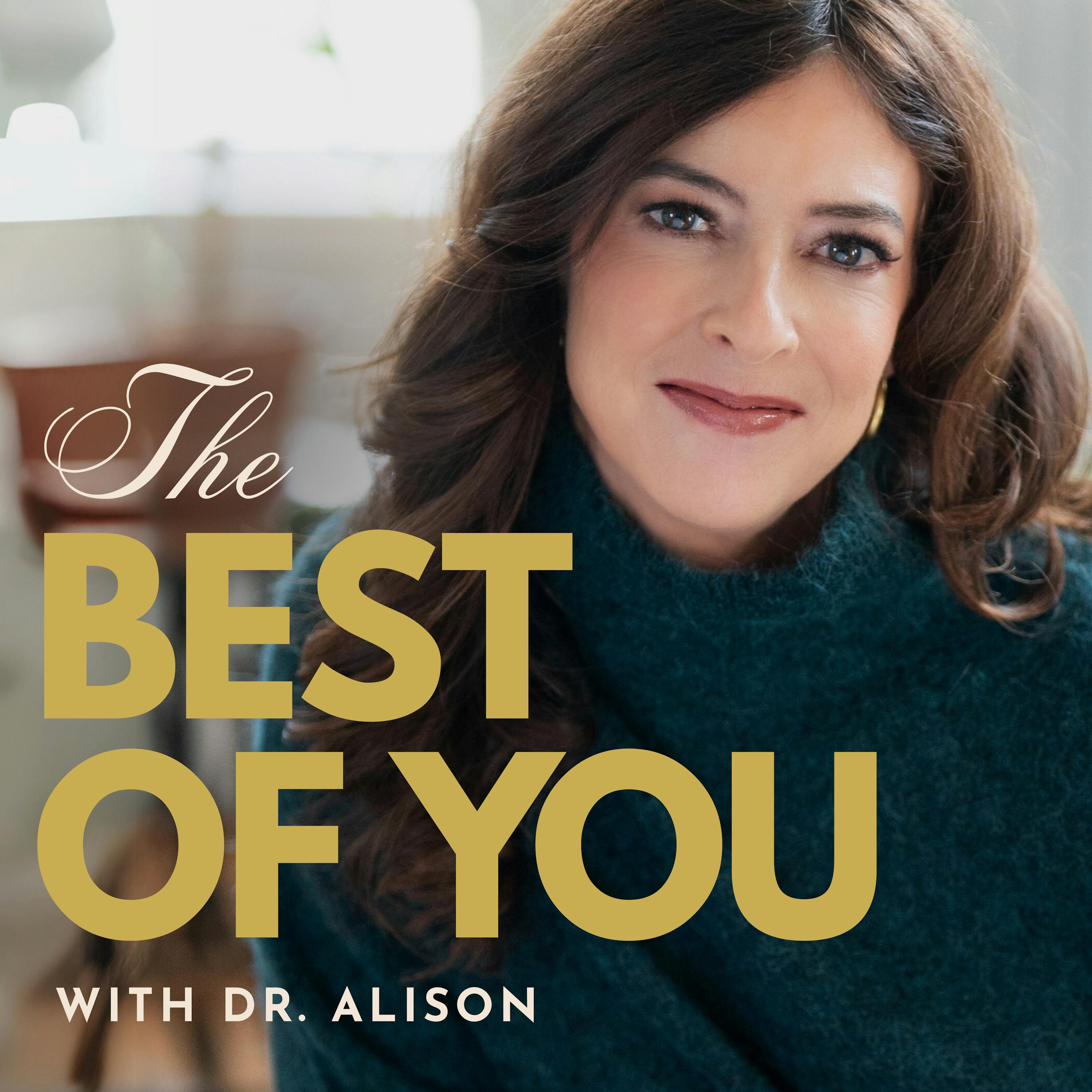
The Best of You
Dr. Alison Cook
Typology
Ian Morgan Cron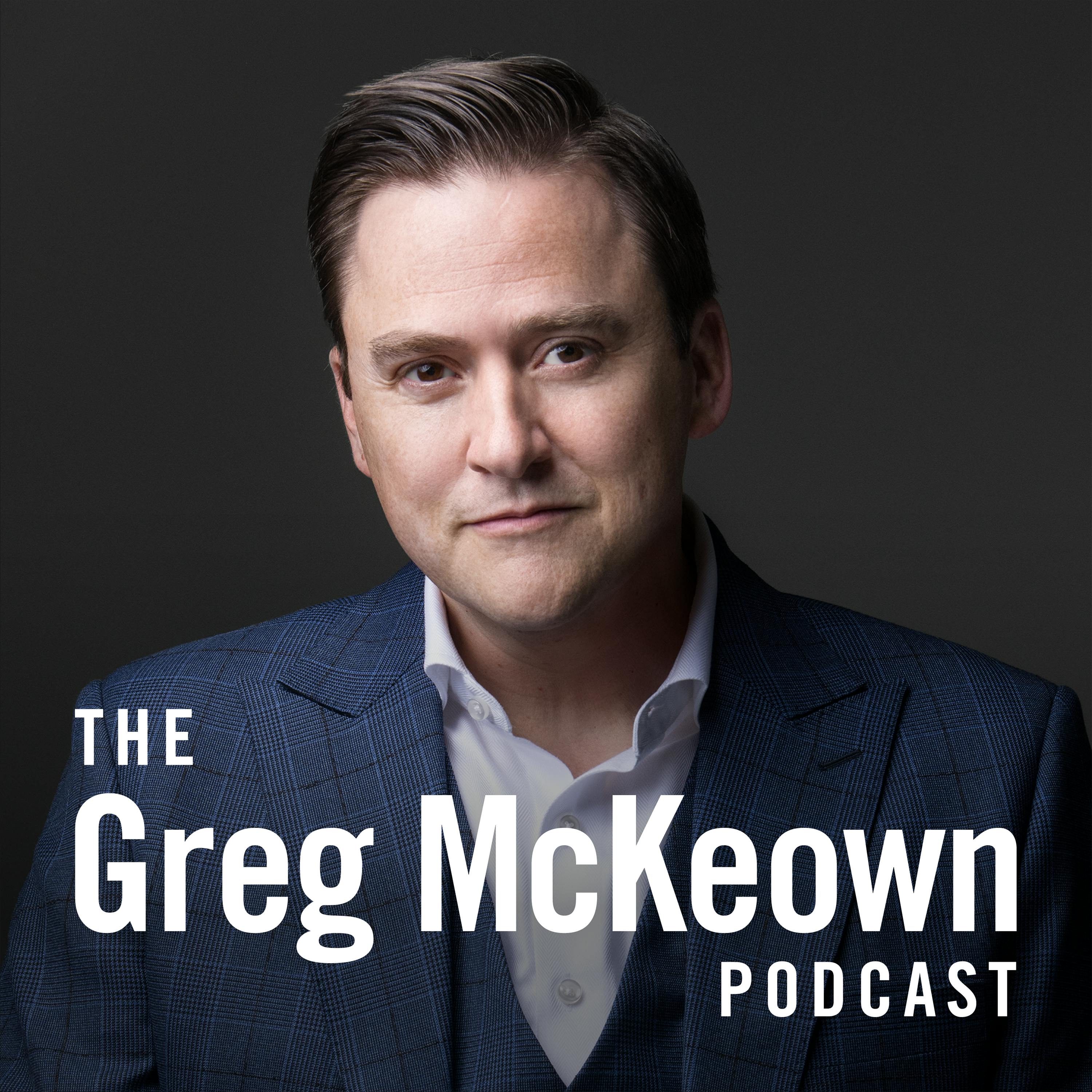
The Greg McKeown Podcast
Greg McKeown
10% Happier with Dan Harris
10% Happier
Where Should We Begin? with Esther Perel
Esther Perel Global MediaOn Being
On Being Studios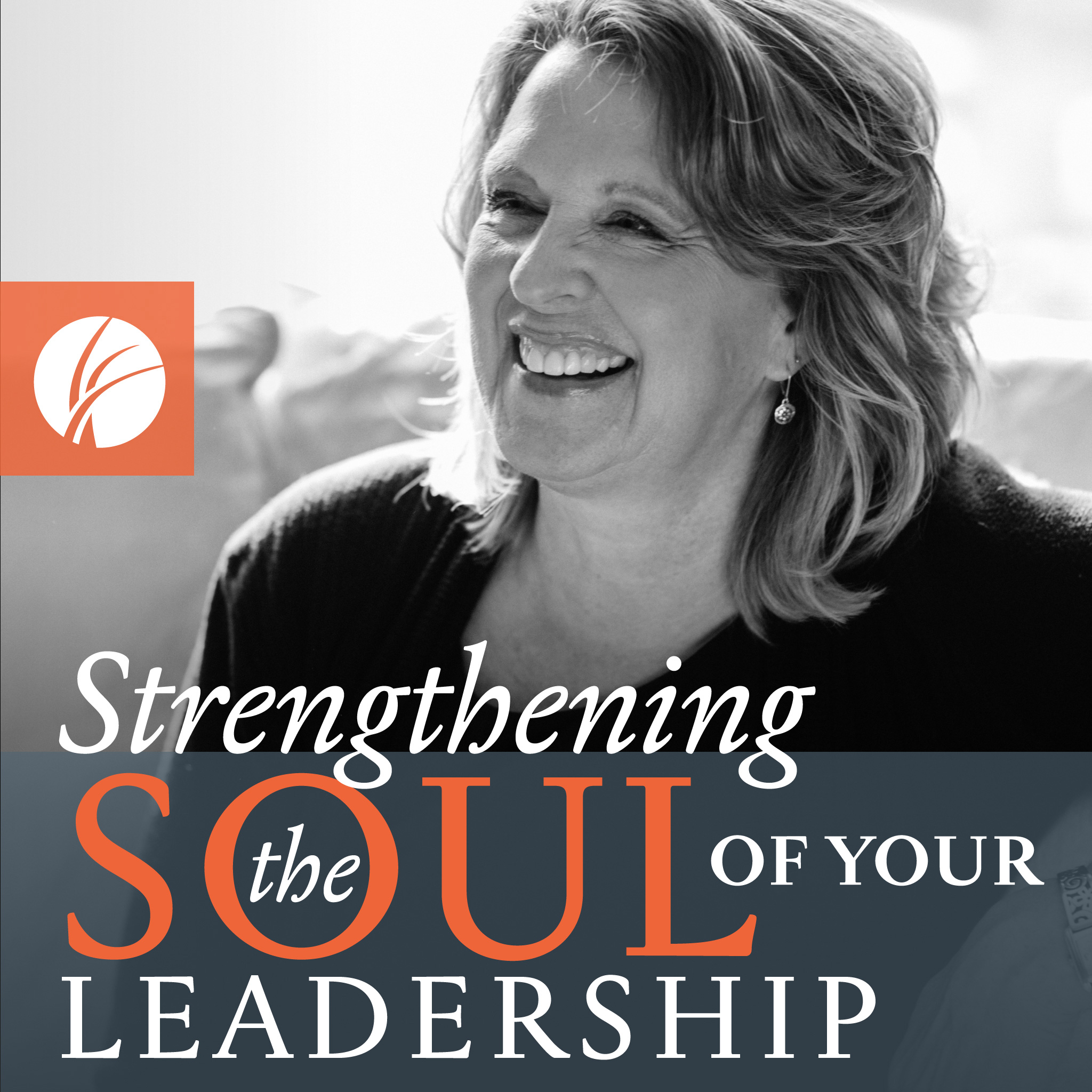
Strengthening the Soul of Your Leadership with Ruth Haley Barton
Ruth Haley Barton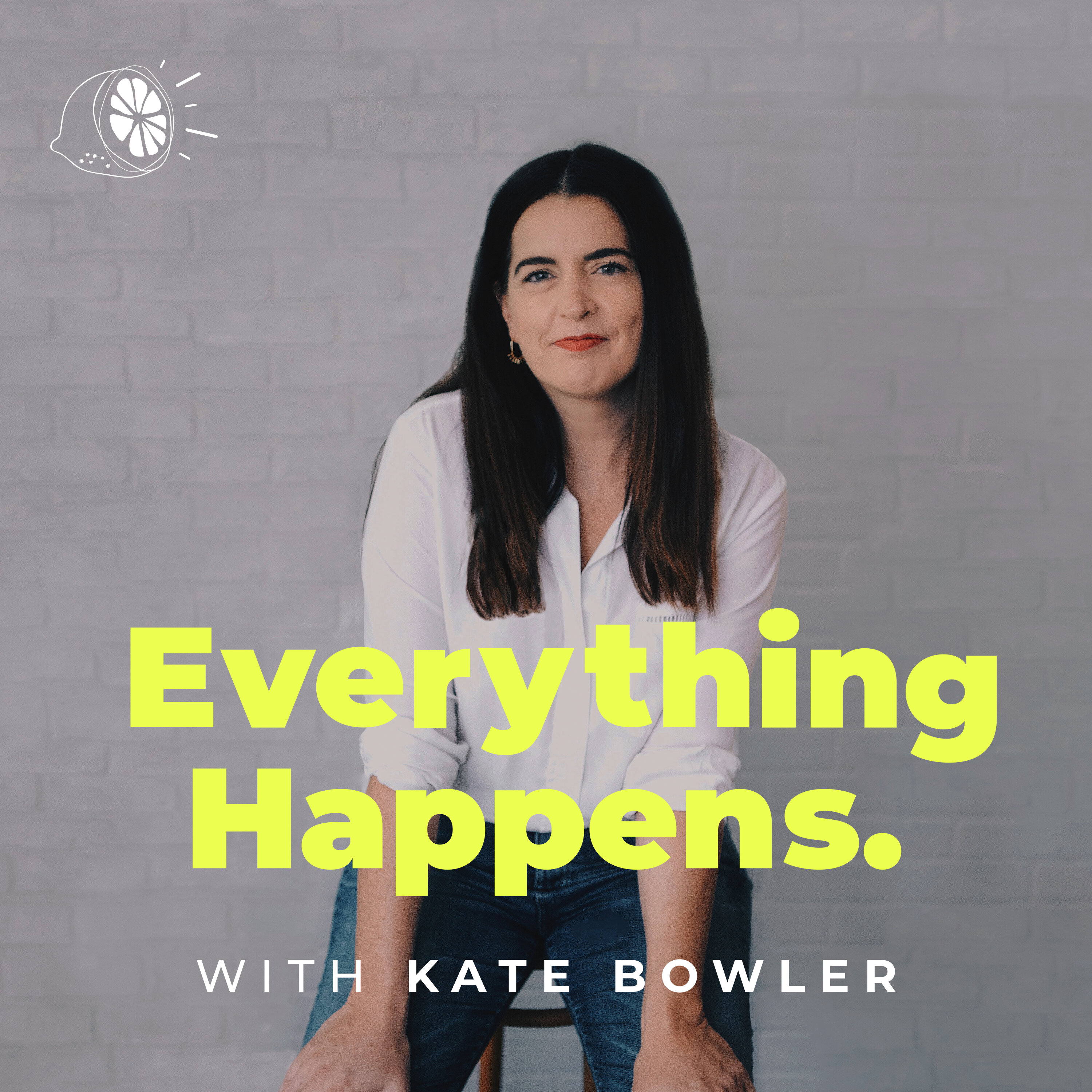
Everything Happens with Kate Bowler
Everything Happens Studios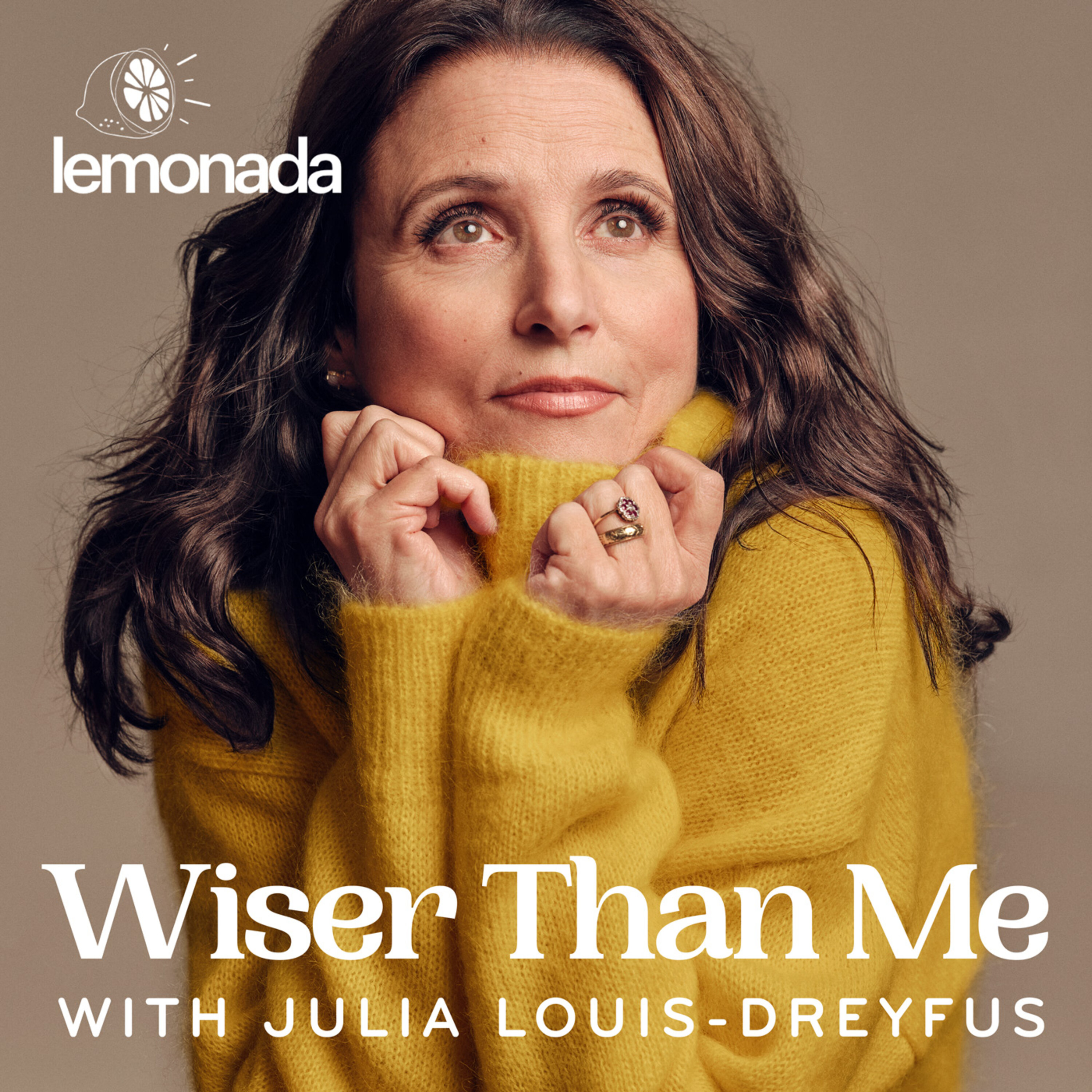
Wiser Than Me with Julia Louis-Dreyfus
Lemonada Media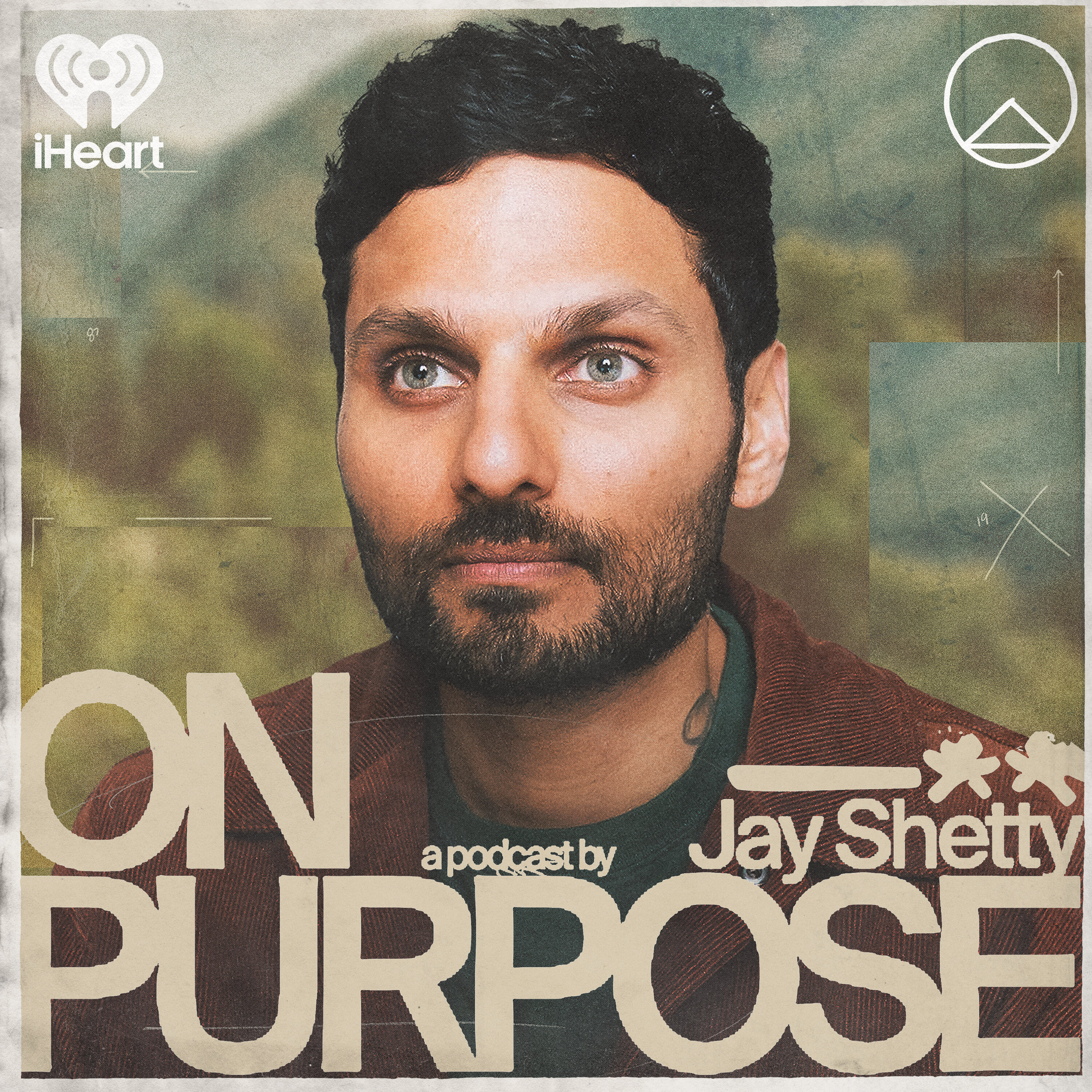
On Purpose with Jay Shetty
iHeartPodcasts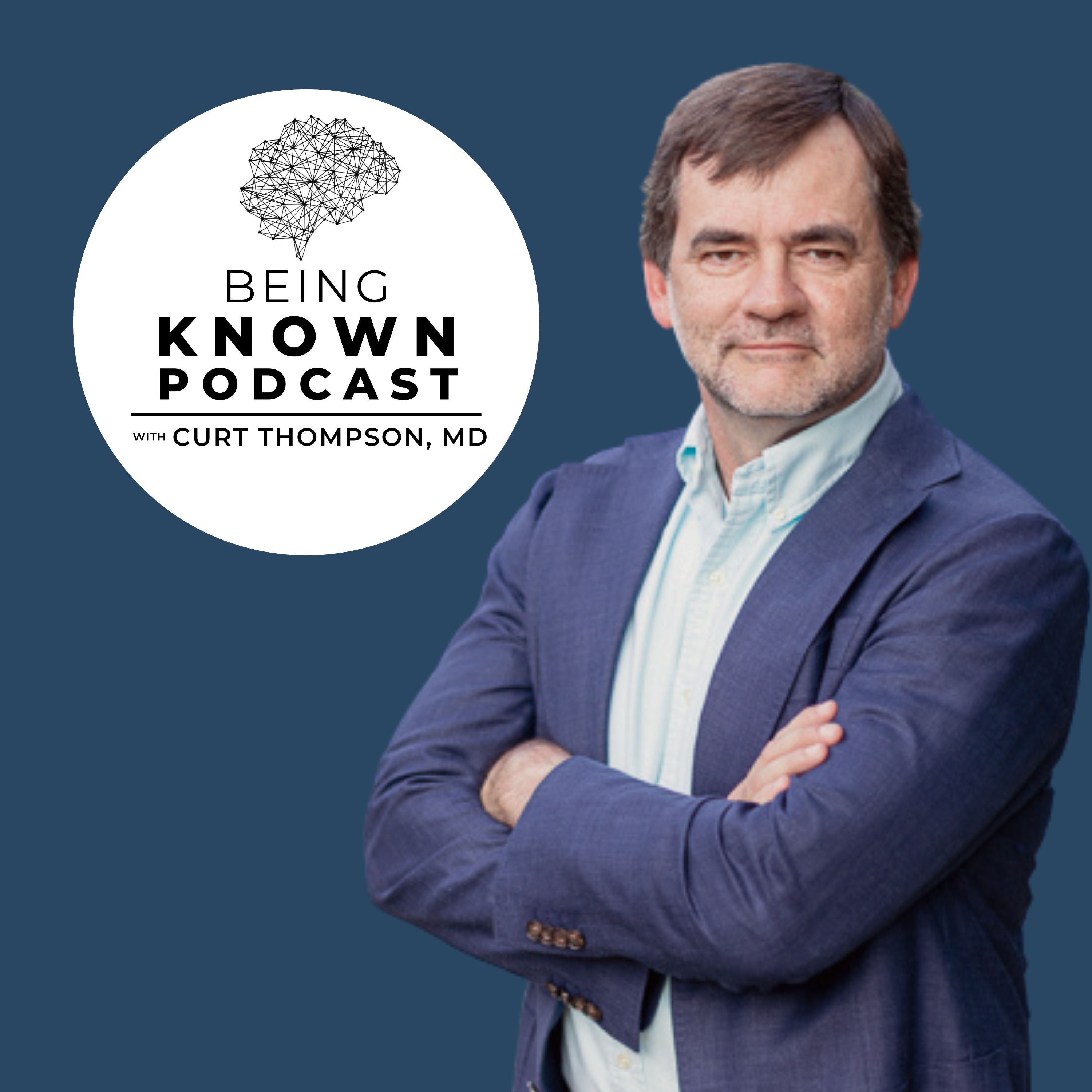
Being Known Podcast
Being Known Podcast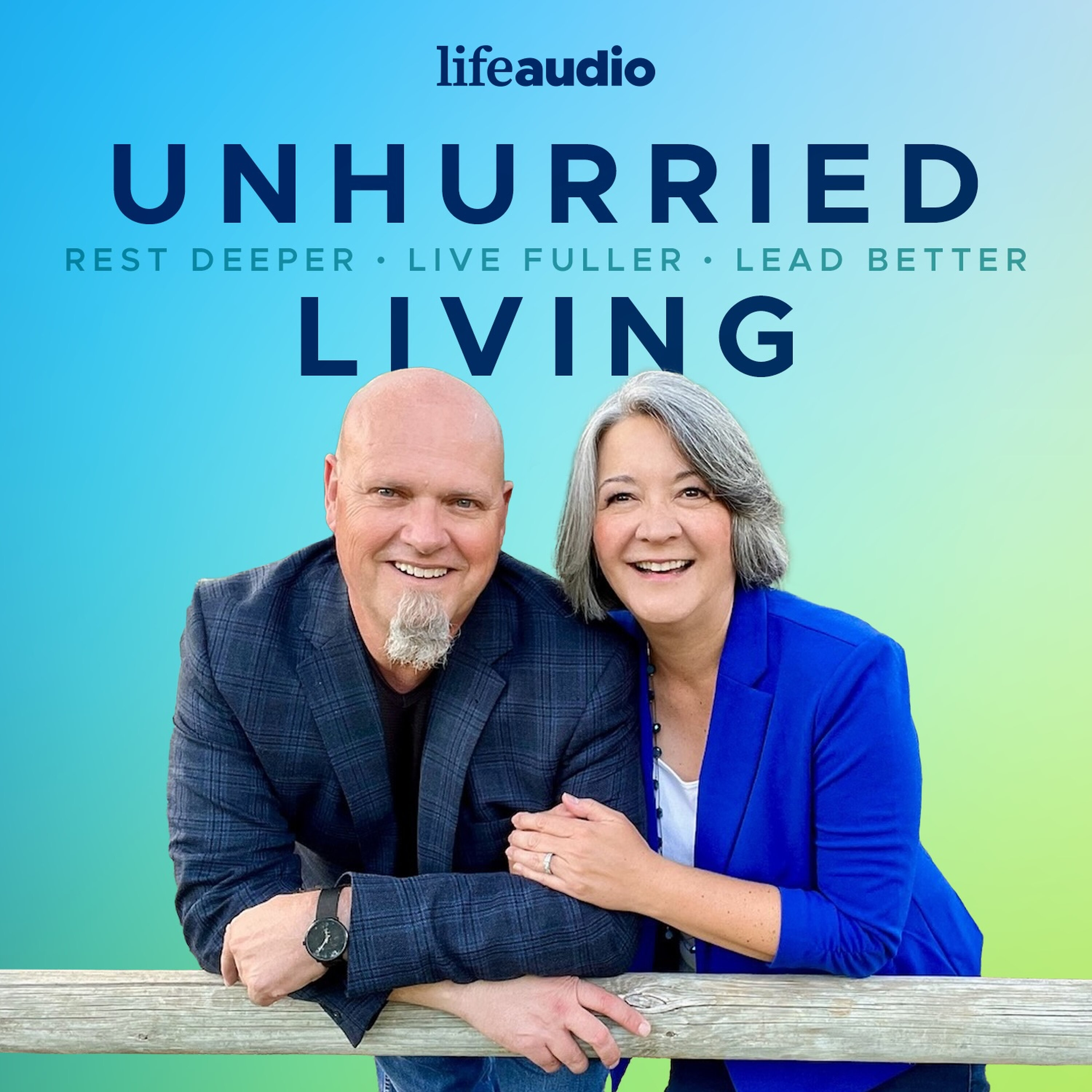
Unhurried Living | Helping Christians Rest Deeper & Lead Better
Alan and Gem Fadling
Being Well with Forrest Hanson and Dr. Rick Hanson
Rick Hanson, Ph.D., Forrest Hanson
Good Inside with Dr. Becky
Dr. Becky Kennedy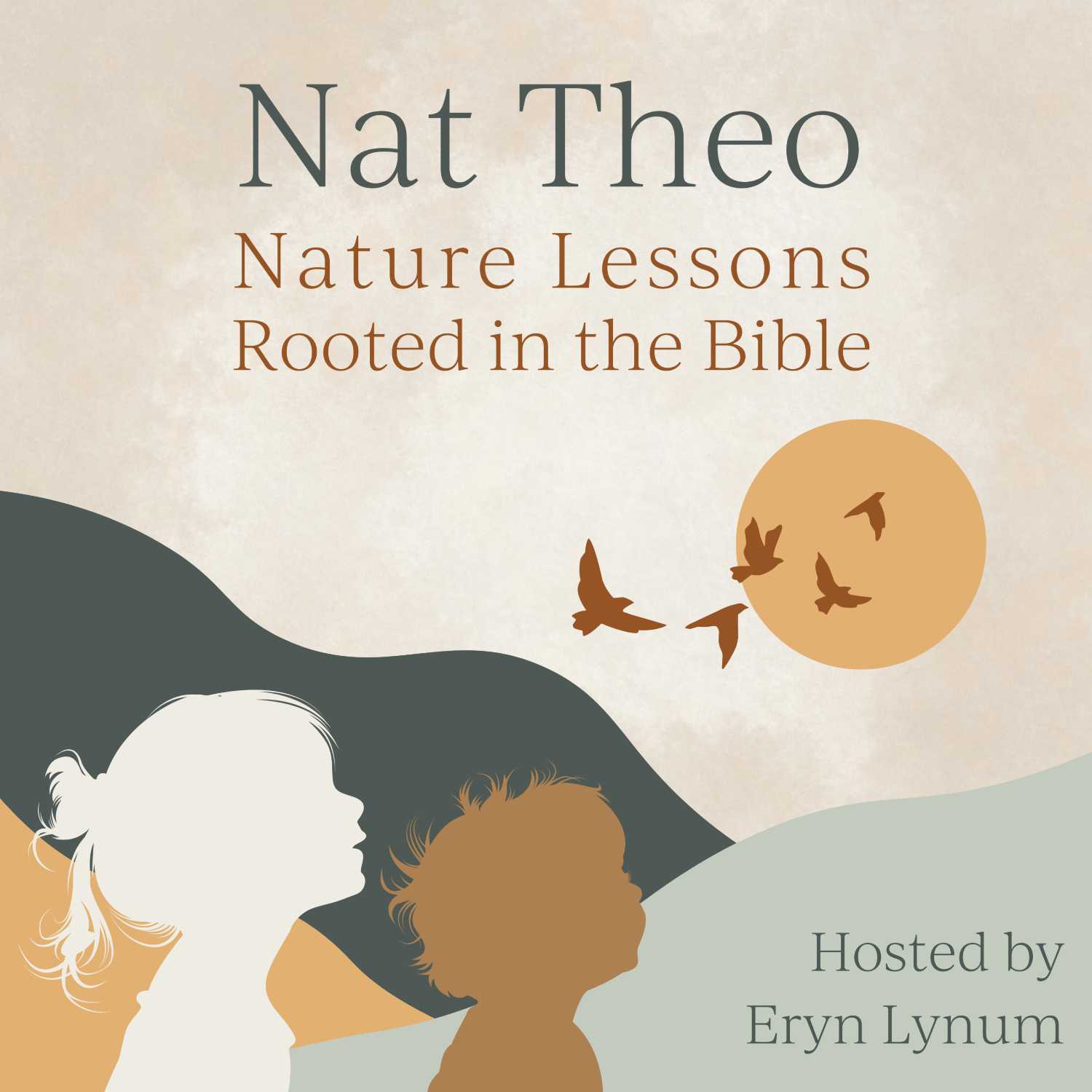
Nat Theo Nature Lessons Rooted in the Bible
Eryn Lynum
The Intentional Parents Podcast
Intentional
